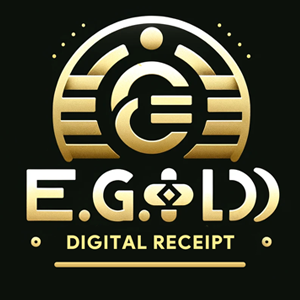Gold has long been one of the most coveted precious metals in the world, and its enduring value has made it a popular investment and collectible. However, with the rising demand for gold, counterfeiters have become more sophisticated in creating fake gold that looks almost identical to the real thing. Whether you're buying gold coins, jewelry, or bars, knowing how to test for fake gold is essential to avoid falling victim to scams.
In this article, we’ll go over the most reliable and simple methods to test for fake gold in 2025. By using these techniques, you can confidently assess whether the gold you're holding is genuine or counterfeit.
Why You Should Test for Fake Gold
Buying fake gold can lead to significant financial loss, especially if you're investing in large amounts. Fake gold may look similar to the real thing but is often made from cheaper metals such as brass, copper, or alloys that have been coated with gold. Some counterfeiters use impressive methods to mimic the appearance, color, and weight of real gold, making it difficult for an untrained eye to tell the difference.
In 2025, with the global demand for gold continuing to rise, it’s important to be vigilant. Learning how to test gold properly will ensure that you're not overpaying or investing in fake pieces.
Top 5 Ways to Test Fake Gold
Testing for fake gold doesn’t have to be complicated, and there are various methods you can use to confirm its authenticity. Here are the top five methods for testing gold in 2025:
1. The Magnet Test: Quick and Easy
One of the simplest ways to test gold is the magnet test. Real gold is a non-magnetic metal, so if your gold item is magnetic, it’s most likely not pure gold. Fake gold may be made from magnetic metals, such as iron or steel, which will attract the magnet.
How to Perform the Magnet Test:
- Get a strong magnet, such as a neodymium magnet.
- Hold the magnet near the gold item and observe if it sticks.
- If the item is attracted to the magnet, it is likely not real gold.
Note: The magnet test isn’t foolproof, as some fake gold can be made from non-magnetic materials. However, it’s a quick and easy first step in your testing process.
2. The Acid Test: Precise and Reliable
The acid test is one of the most commonly used methods for verifying gold’s authenticity. Gold is an inert metal that does not react with most acids, so if the metal reacts to the acid, it’s not real gold. This method is highly effective for testing the purity of gold.
How to Perform the Acid Test:
- Purchase an acid testing kit, which typically includes various acids for different karat levels (10K, 14K, 18K, 22K, 24K).
- Scratch the surface of the gold item using a gold testing stone to expose the metal underneath.
- Apply a drop of the corresponding acid to the scratch.
- Observe the reaction: If the acid does not cause any significant changes to the gold, it’s real. If the gold reacts, the item is likely fake or made from a lower karat gold.
Note: The acid test does require scratching the surface of the gold, which can damage the item, so be cautious when using this method, especially on valuable or collectible pieces.
3. The Density Test: Accurate but Requires Equipment
The density test measures how dense a metal is, and because gold has a specific density (19.32 grams per cubic centimeter), you can determine if an item is real gold by comparing its density to that of genuine gold. This test is highly accurate and can be done at home with the proper equipment.
How to Perform the Density Test:
- Weigh the gold item using a precise scale.
- Fill a container with water and measure the volume of the water.
- Submerge the gold item in the water and measure the amount of water displaced.
- Use the formula: Density = Weight / Volume.
- If the resulting density is close to 19.32 g/cm³, the gold is real. If it’s significantly different, the gold is likely fake.
Note: This method requires more effort and precision but is one of the most accurate ways to test gold.
4. The X-Ray Fluorescence (XRF) Test: Professional and Non-Destructive
For the most advanced and accurate method of testing gold, you can use X-ray fluorescence (XRF) testing. This non-destructive test is used by professionals and accurately identifies the metal composition of the item. XRF analyzers shoot X-rays at the gold and measure the energy emitted to determine the exact elements in the metal, revealing the gold’s purity.
How the XRF Test Works:
- Take your gold item to a professional who offers XRF testing services, often found at jewelry stores, precious metal dealers, or pawnshops.
- The item is placed under the XRF scanner, and the scanner analyzes the material to determine its composition.
- The machine produces a detailed report showing the gold’s purity and whether it contains any other metals.
Note: XRF testing is precise but requires professional equipment, so this method is generally used for higher-value gold items.
5. The Sound Test: A Quick Check for Gold
The sound test is an easy and surprisingly effective method for detecting fake gold, especially for smaller gold coins and jewelry. Gold has a distinct sound when tapped, and it resonates in a unique way compared to other metals.
How to Perform the Sound Test:
- Hold your gold item by one end and gently tap it against a hard surface.
- Listen carefully to the sound it makes.
- Genuine gold produces a deep, resonant tone, while fake gold often produces a duller, less clear sound.
Note: This method works best with coins and jewelry, but it’s not foolproof. It can be challenging to differentiate the sound of gold from that of some other metals.
Additional Signs of Fake Gold
In addition to performing the above tests, here are a few other ways you can detect fake gold:
1. Check for Hallmarks
Gold bars and jewelry are usually stamped with hallmarks that indicate the metal’s purity, such as “10K,” “14K,” “18K,” “22K,” or “24K.” Fake gold may lack these stamps or have incorrect or fake hallmarks.
2. Examine the Color
Real gold has a distinctive yellow hue, while fake gold may appear more yellowish or have an unnatural shine. If the gold looks too bright or shiny, it might not be real.
3. Perform the Nitric Acid Test
For a quick test, you can apply a drop of nitric acid to a small, inconspicuous area of the gold. Real gold won’t react, while fake gold will likely discolor or bubble up. This test is often used to check the authenticity of gold jewelry.
What to Do if You Discover Fake Gold
If you’ve tested your gold and discovered it’s fake, here are your options:
- Return the Item: If you bought the gold from a reputable seller, contact them immediately to arrange a return or refund.
- Report the Seller: If you suspect that you’ve been scammed, report the seller to local authorities or consumer protection agencies.
- Dispose of the Fake Gold: If you’re unable to return the item, you may choose to sell the fake gold to a metal recycler or dispose of it responsibly.
Conclusion
In 2025, it’s essential to be able to spot fake gold and avoid costly mistakes. By using simple tests like the magnet test, acid test, or density test, you can quickly determine whether your gold is real or fake. For more advanced verification, the XRF test provides a precise and non-destructive method of confirming authenticity.
With these tools at your disposal, you can confidently buy, sell, and invest in gold while protecting yourself from fraudulent transactions. Whether you’re purchasing gold coins, bars, or jewelry, always take the time to verify its authenticity before making a commitment.
NOTE
This Content is the copyrighted content of EE.GOLD. All rights are reserved. You are welcome to share or use our content only by including direct links to our website. Any other form of reproduction, distribution, or use without proper attribution is strictly prohibited.
This Content is intended solely for educational purposes. The information provided does not constitute financial or investment advice.
Please note that Digital Storage Receipt, Secure Storage Solutions, and Physical Gold Sales are the only services offered by EE.GOLD.
We strictly adhere to government regulations and are firmly against all illegal financial or investment activities globally.
For further inquiries, feel free to contact us through our official channels.

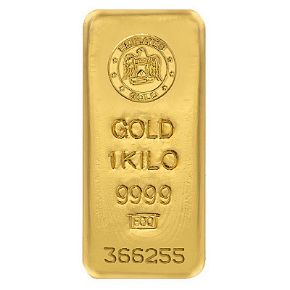

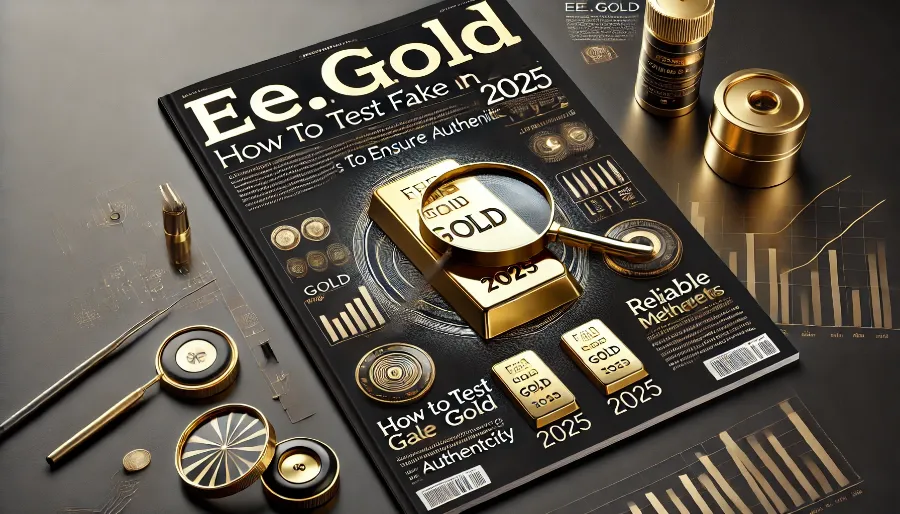
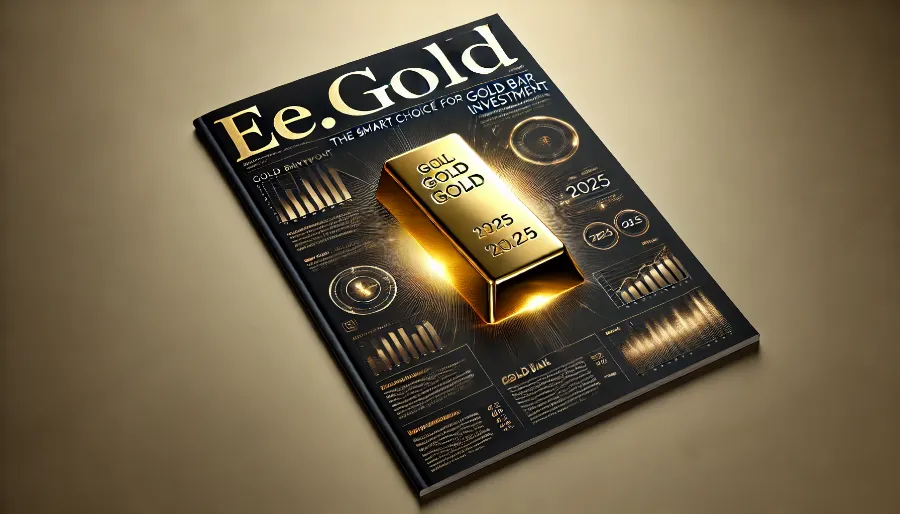
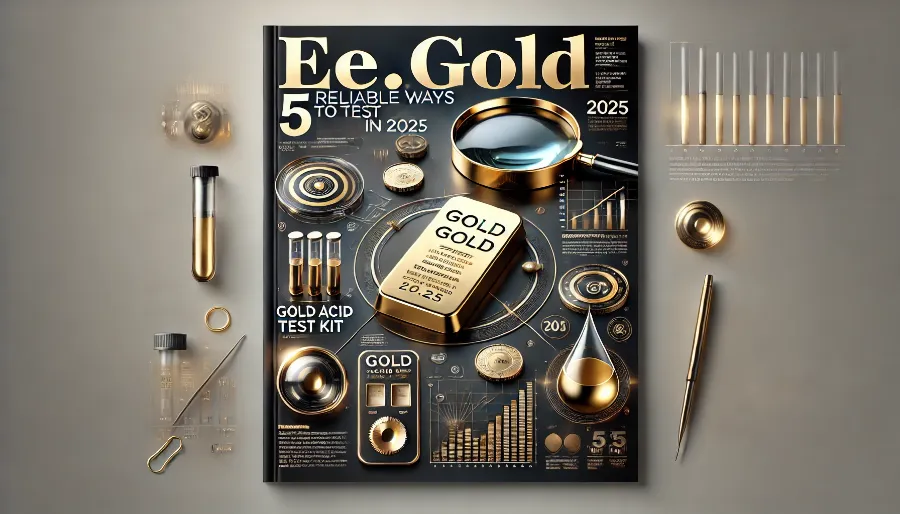
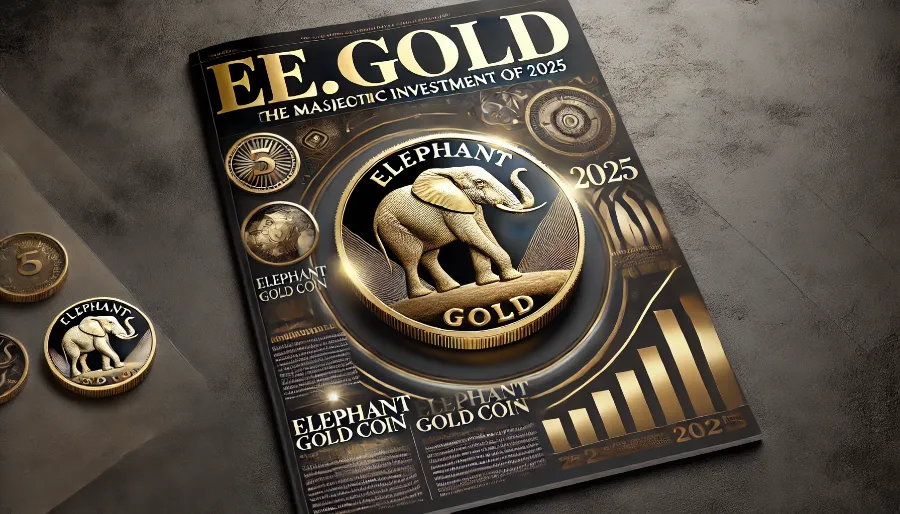
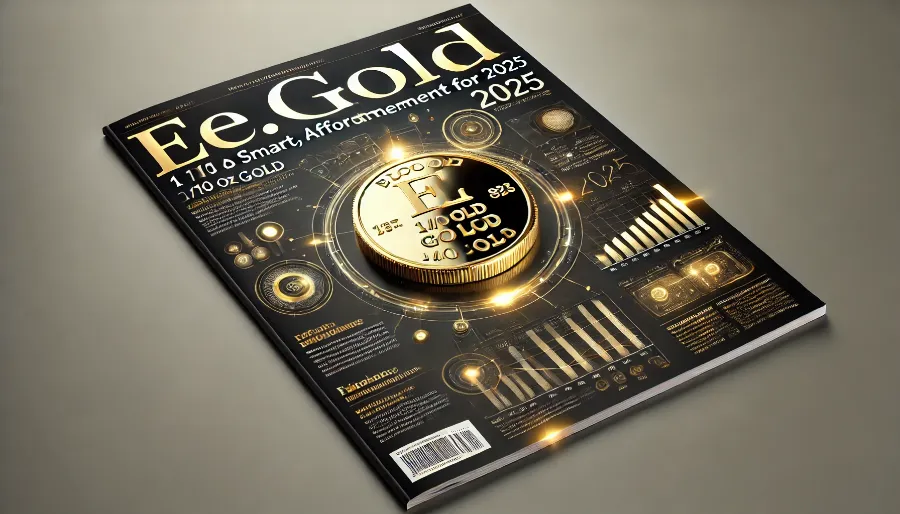
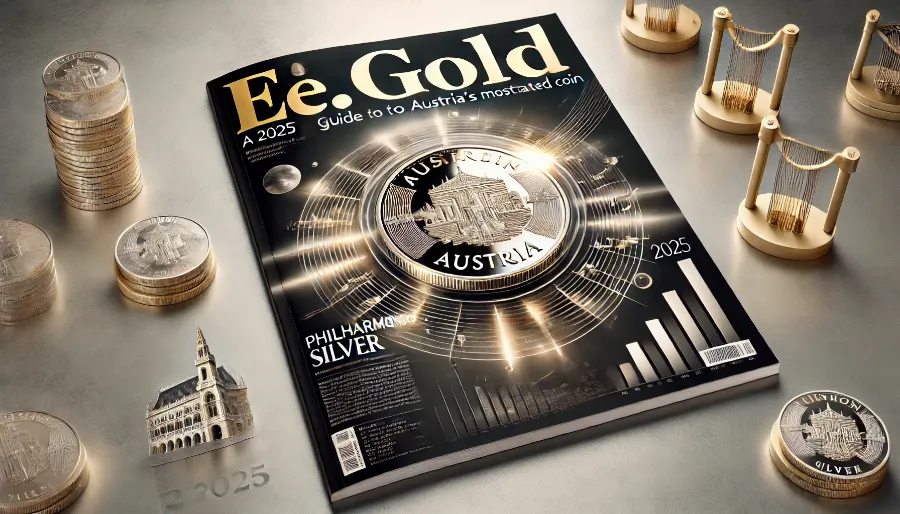
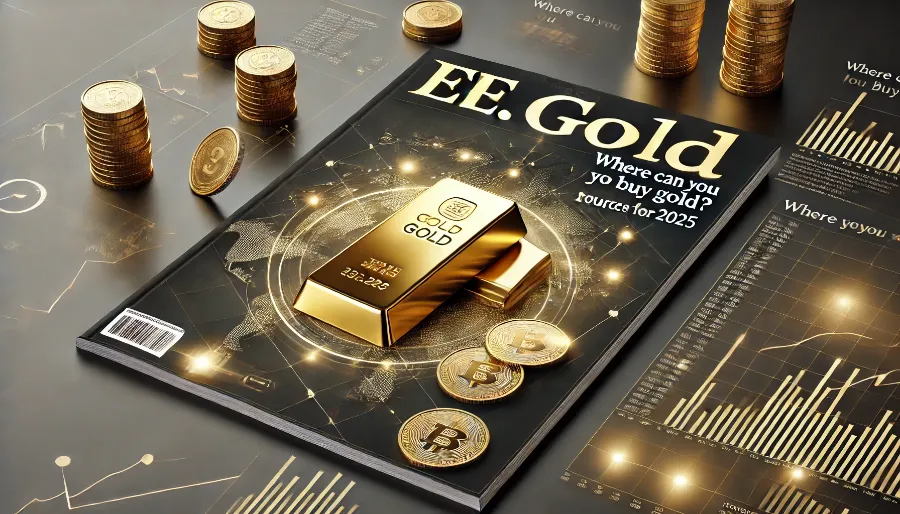
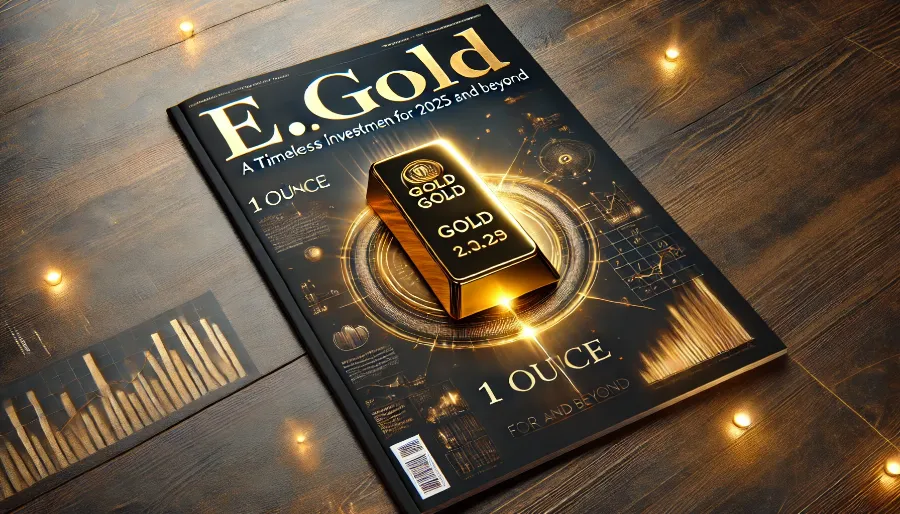
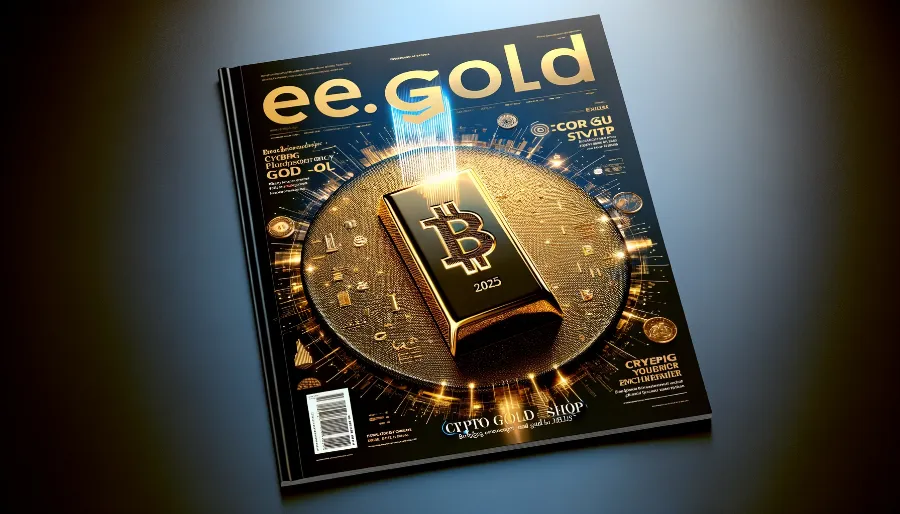
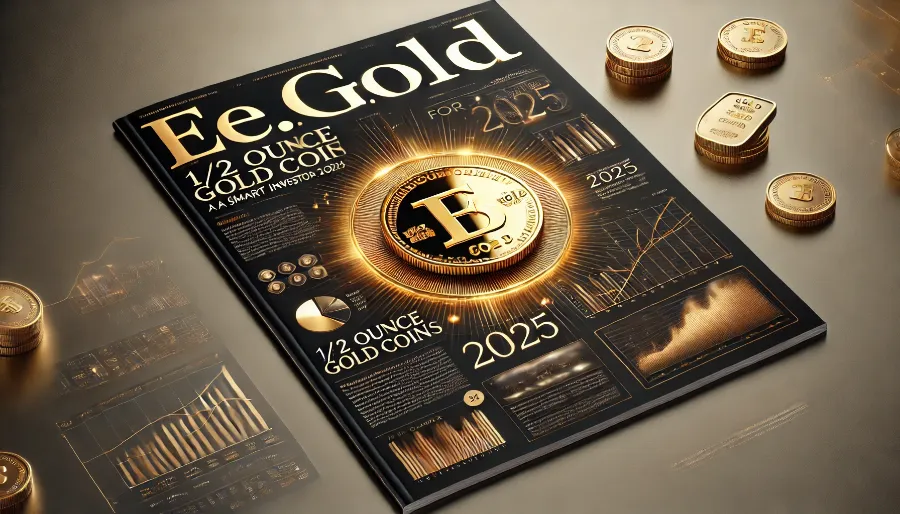




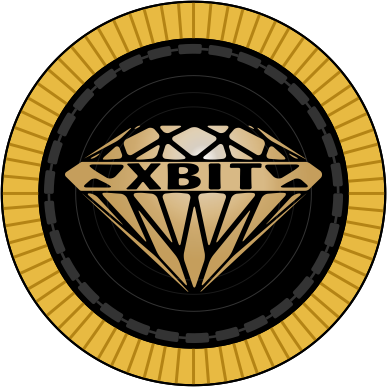


.png)

